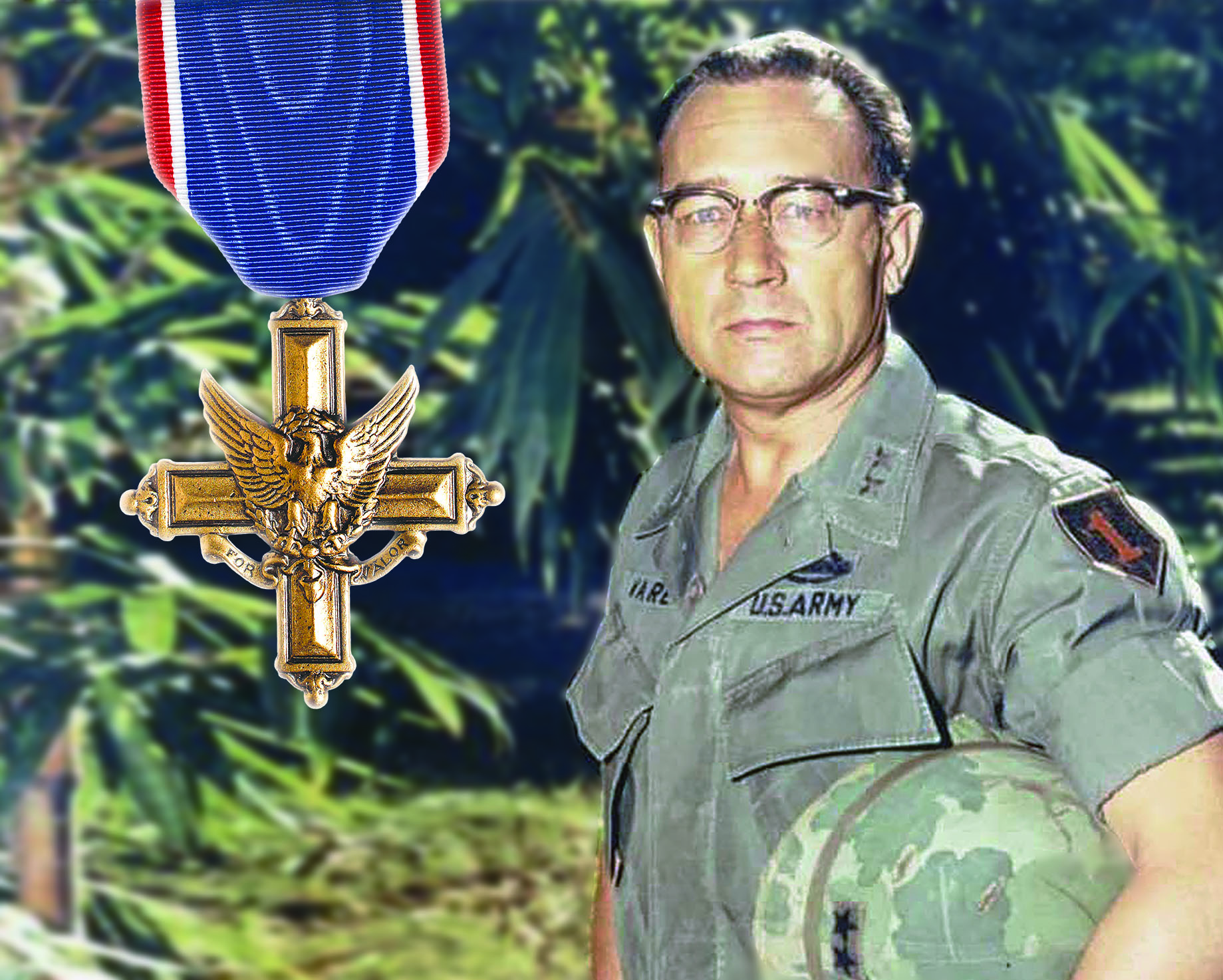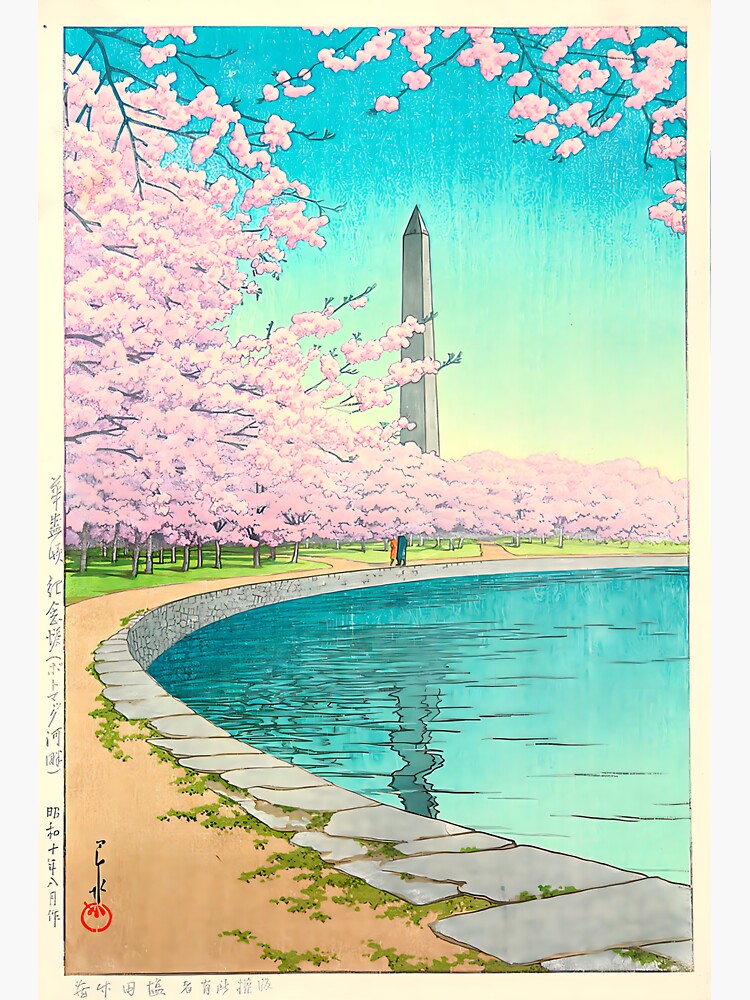
On September 13, 1968, Major General Keith Ware, commander of the 1st Infantry Division, was killed at Loc Ninh, Vietnam when his helicopter was shot down. Along with Ware, his three command staff and the four-man crew also died. Ware, 52, was the highest ranking American officer to die during the Vietnam War.
Ware was the first WW2 draftee to become an Army general and received the Medal of Honor in recognition of his actions in 1944.
The 25-year old Ware was drafted in July 1941. Sent to Officer Candidate School he initially served as a squad leader, seeing action in the 1942-3 Tunisian campaign, the July 1943 invasion of Sicily, the January 1944 assault at Anzio, and in the August 1944 landings in southern France.
His leadership qualities were quickly recognized and he was promoted several times, eventually commanding the 1st Battalion, 15th Infantry Regiment, 3rd Division. He received the Medal of Honor for his actions on December 26, 1944 at Sigolsheim, a small town, near Colmar in the Alsace region of France. The most decorated American soldier in the war, Audie Murphy, served under Ware, receiving the Medal of Honor for his actions in January 1945.
Ware decided to stay in the military after the war, eventually rising to be assistant commander of the 2nd Armored Division and then becoming, in the mid-60s, the army's Chief of Information. He volunteered for service in Vietnam, arriving in early 1968, just in time to face the Tet Offensive.
According to an article in HistoryNet, at the Battle of Loc Ninh, though Ware knew the North Vietnamese Army "had anti-aircraft weapons on the ground but ordered his helicopter to fly at low altitude despite the risk to allow him to pinpoint enemy positions and more effectively coordinate the battle".
Medal of Honor citation:
Commanding the 1st Battalion, 15th Infantry, attacking a strongly held enemy position on a hill near Sigolsheim, France, on 26 December 1944, found that 1 of his assault companies had been stopped and forced to dig in by a concentration of enemy artillery, mortar, and machinegun fire. The company had suffered casualties in attempting to take the hill. Realizing that his men must be inspired to new courage, Lt. Col. Ware went forward 150 yards beyond the most forward elements of his command, and for 2 hours reconnoitered the enemy positions, deliberately drawing fire upon himself which caused the enemy to disclose his dispositions. Returning to his company, he armed himself with an automatic rifle and boldly advanced upon the enemy, followed by 2 officers, 9 enlisted men, and a tank. Approaching an enemy machinegun, Lt. Col. Ware shot 2 German riflemen and fired tracers into the emplacement, indicating its position to his tank, which promptly knocked the gun out of action. Lt. Col. Ware turned his attention to a second machinegun, killing 2 of its supporting riflemen and forcing the others to surrender. The tank destroyed the gun. Having expended the ammunition for the automatic rifle, Lt. Col. Ware took up an M-1 rifle, killed a German rifleman, and fired upon a third machinegun 50 yards away. His tank silenced the gun. Upon his approach to a fourth machinegun, its supporting riflemen surrendered and his tank disposed of the gun. During this action Lt. Col. Ware's small assault group was fully engaged in attacking enemy positions that were not receiving his direct and personal attention. Five of his party of 11 were casualties and Lt. Col. Ware was wounded but refused medical attention until this important hill position was cleared of the enemy and securely occupied by his command.










.jpg)





